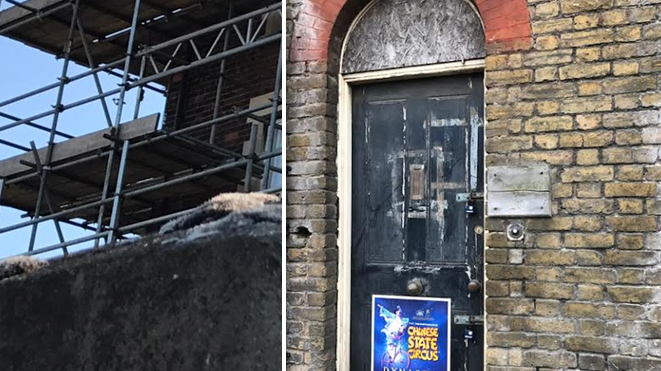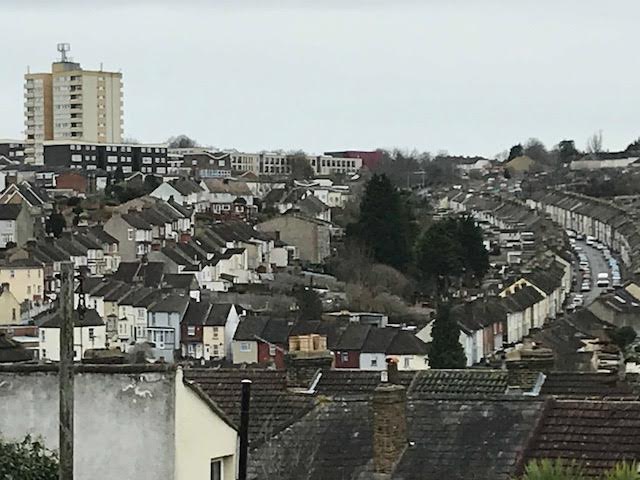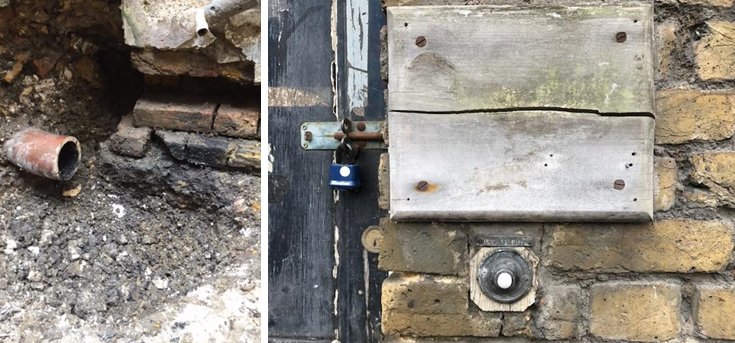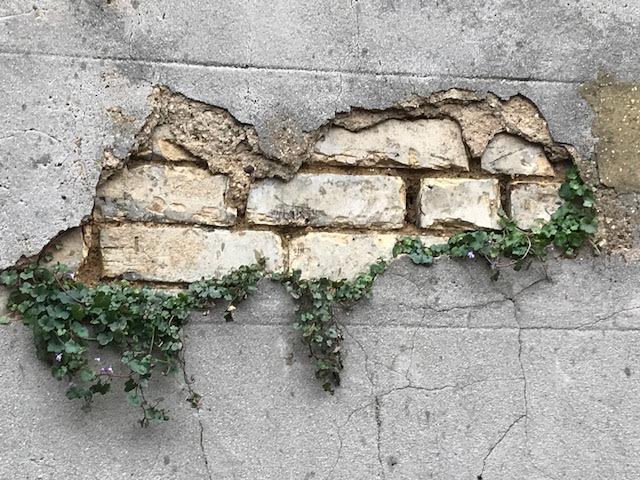How an Incremental deterioration of property equates to an incremental deterioration of investment
“There is nothing in the world more soft and weak than water, and yet for attacking things that are firm and strong, there is nothing that can take precedence of it” – Chinese Proverb.
Since 2015 it’s estimated that between 13-16% of property brought in the UK is sold in a knowingly dilapidated, uninhabitable and derelict condition.
Many of these properties are sold at auction and purchased with the intention of demolishing and re-building a new and more elaborate development. The few exceptions being properties of historical worth, ie. Grade II Listed Buildings, properties which provide an aesthetically required external facade, or properties where the buyer intends frugal and economical methods of refurbishment. The dubious end of the buy-to-let market is unfortunately infamous for the latter option.

However, It’s an astonishing fact that despite safeguards, an estimated 3 to 5% of newly purchased property intended for immediate habitation is deemed unsafe either through deterioration of structural integrity or advance growth of toxic black mould. In most instances causation is attributed to saturation-level ingress.
This statistic relates to property where the buyer remained completely oblivious to any damp issues until moving in.
Ingress sodden load-bearing joists, masonry and roofs on the verge of collapse, there’s a appalling litany of neglect and deterioration recorded in some of Rochester Building and Damps archived inspection reports where the new owner only became alerted to damp days or weeks after moving in.
How is it possible that saturation-level ingress is not detected by the either the vendor, the estate agent or the surveyor?
Quite obviously both the vendor and agent have a vested interest in the property not being afflicted with damp, but what of the surveyor?
It should be noted this practice which is prevalent with many estate agents is not illegal, although it is perhaps highly unethical. Rochester Building and Damp receive many surveyors reports prior to a damp inspection. In most cases, regardless of how much a report has cost the buyer and to what extent the survey was conducted, the reports provided are almost always uniformly poor. The use of incorrect terminology and broadly descriptive references conspire to produce bloated and worthless reports. Many concentrate on misleading aspects not worthy of the buyers time or money; the possibility or radon gas, the supposed requirements to pursue eco-friendly or ‘green’ options when proposing extensive refurbishment. A surveyor is rarely equipt with either a protimeter or hygrometer. If they do have either instrument, they seldom record specific readings in the report. A report will mostly only allude to the possibility of ingress at most, and usually just advise contacting a timber and damp specialist. Unless there is a visual indication of ingress, then even this advise is generally not recorded.
Between April to October 2017 Rochester Building and Damp undertook inspections in three properties shortly after purchase. Two properties were in Chatham and one in Cuxton. All three properties had been subject to a surveyors report prior to purchase. Only the report for the Cuxton property had any reference to a potential ingress; on receiving the report the buyer inadvisabley contacted a disreputable Medway based timber and damp firm who proposed the installation of several vents. The proposed 100mm vents were intended to counteract an ingress emanating from a collapsed drain. This method would quite obviously been entirely ineffective.
The quoted cost for installing the vents exceeded £2500.
Ultimately none of the three properties had any damp proofing works undertaken prior to purchase.
In each case, when Rochester Building and Damp inspected the properties after the owners had moved in, we advised them to vacate until remedial works had been completed.

Both Chatham properties were structurally unsound to the point of being imminently dangerous. In one property the chimney-stack was so affected by ingress, there was a substation risk of collapse. In the other Chatham property, the lounge floor joists had literally rotted away from the wall-plate, leaving the owners at risk of collapsing into the cellar below. The Cuxton property contained advanced stachybotrys growth which had been concealed under a suspended ceiling. In this instance the owner already suffered an underlying respiratory condition and potentially risked her long term health if she remained exposed to the advance growth of toxic black mould.

When buying property, as a matter of correct practice especially in regard to liability, a survey should always conducted (irrespective of the aspersions above) If the the report alludes to ingress, then an inspection and quotation should be sought from a reputable timber and damp company. When received, the damp report and quotation should not be perceived as a bargaining chip to negotiate a better deal from the vendor.
If you wish to continue the purchase of the property, then the preferable option is to allocate works whilst the property is hopefully vacant, just before you move in.
To procrastinate in an attempt to economise will result in continued ingress and further deterioration.

As with all things involving great expense, a common sense approach is required when buying property. It could be insinuated that there are a number sharks in the water throughout the entire process, although perhaps that’s too pessimistic. As with any investment you have to speculate to accumulate; a property afflicted with ingress can always be rectified. Preparedness for the required additional expense of rectification is a necessity. Looking to get a timber and damp report because it’s ‘free’ should not be the sole cause of motivation; getting the ingress rectified at source should remain the priority. Incremental deterioration of property equates to incremental deterioration of investment.
